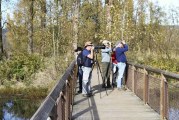Work is part of a multi-year effort to reconfigure the existing Columbia River levee system to reduce flood risk, reconnect 965 acres of Columbia River floodplain, and increase recreation opportunities at the Refuge
WASHOUGAL — Construction begins at Steigerwald Lake National Wildlife Refuge on June 1. The work is part of a multi-year Steigerwald Reconnection Project, a collaboration led by the Lower Columbia Estuary Partnership, U.S. Fish and Wildlife Service, and Port of Camas-Washougal to reconfigure the existing Columbia River levee system to reduce flood risk, reconnect 965 acres of Columbia River floodplain, and increase recreation opportunities at the Refuge.
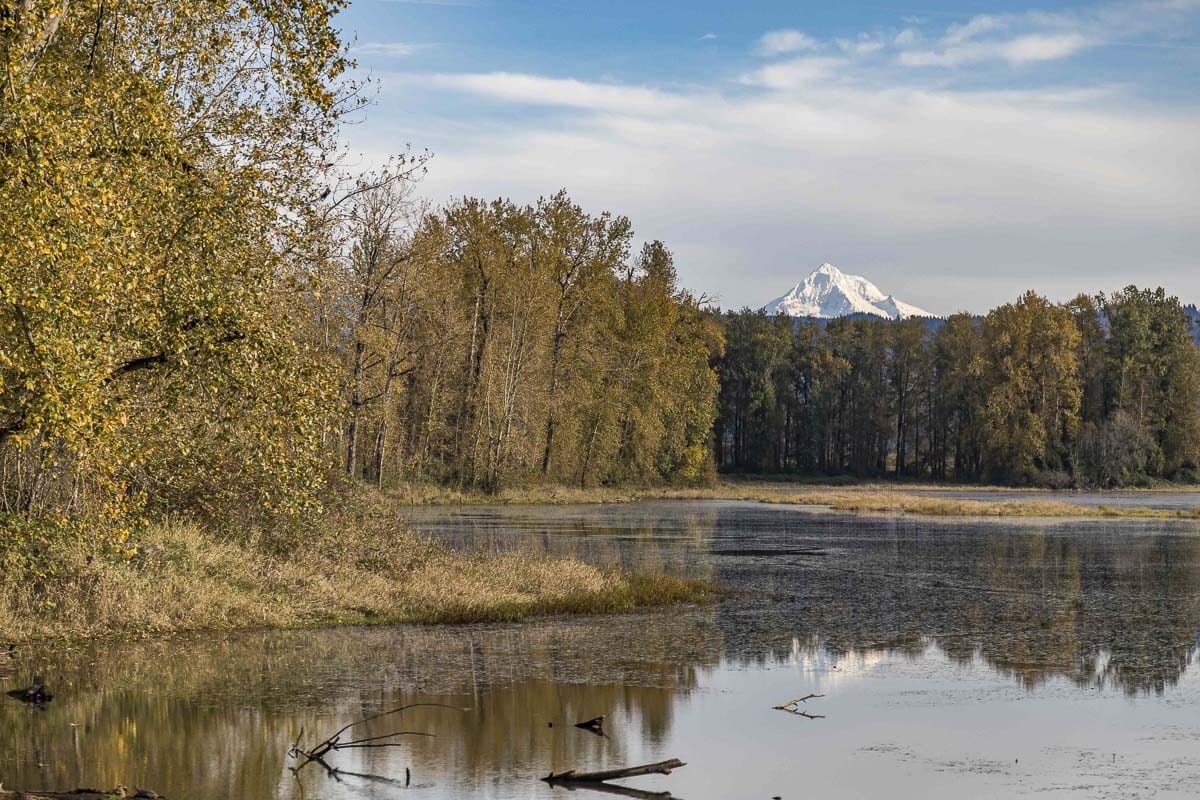
Construction this year includes raising a portion of SR-14 above the 500-year flood level, realigning a portion of Gibbons Creek, relocating the Refuge parking lot, and beginning construction of setback levees. These setback levees will better protect the Port of Camas-Washougal Industrial Park, the city of Washougal wastewater treatment plant, and private residences from flooding. Next year, the new setback levees will be completed, and more than 2 miles of the existing Columbia River levee will be removed, thereby reconnecting the Columbia River to its historic floodplain for the first time in generations.
The Refuge will be closed to visitors for lengthy periods while construction occurs. Beginning June 1, the existing Refuge parking lot will permanently close. During this time, visitors can access the dike trail from Captain William Clark Park east to the Fish Ladder, however the Refuge’s interior trails will not be accessible to the public (this includes no access to the Gibbons Creek Wildlife Art Trail that connects to the dike trail near Redtail Lake and the Refuge’s seasonal trail that connects to the dike trail just east of the fish ladder). The entire Refuge (including the dike trail, beginning just east of Index Street) will be closed to the public from July 6 through October 2 of this year and again beginning in April 2021.

Travelers and local residents may also experience intermittent lane closures on SR-14 from June 1 until Sept. 30 during construction on SR-14.
Last year, the project broke ground when crews anchored 84 large wood habitat structures in the Gibbons Creek alluvial fan and began revegetation efforts. Next year, in addition to the levee work, crews will restore 115 acres of wetland habitat, build a larger parking lot and restrooms, and add an additional mile of trail to the existing network. Once state and local guidelines allow, volunteers and students will engage in planting native trees and shrubs to help revegetate the project.
Salmon, lamprey, waterfowl, and many other species will benefit when the vast historic floodplain is reconnected to the Columbia River and to Gibbons Creek. This is the largest habitat restoration project along the lower Columbia River to date. It will provide fish with unobstructed passage to newly restored, high quality habitat in an area of the river where such habitat is lacking.
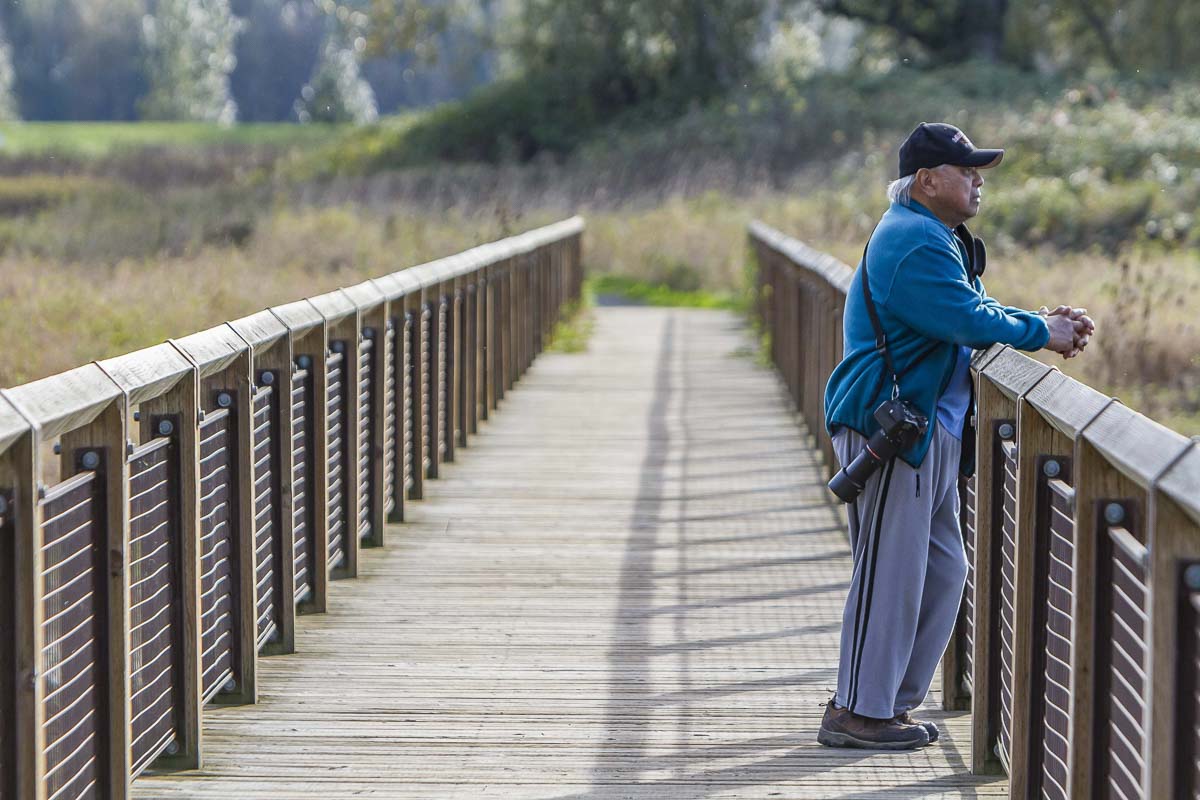
With Gov. Jay Inslee lifting restrictions on construction, those involved in the project believe it is important to move it forward. An estimated 503 family wage jobs will be created through the project and it will bring an estimated $67.4 million to the Southwest Washington economy. Local firms Rotschy, Inc. of Vancouver and LKE Corporation of Washougal will construct the project.
“This is an extraordinary project – the largest salmon recovery restoration project in the region that also solves multiple community needs,” said Debrah Marriott, executive director of the Estuary Partnership. “People have a deep love for Steigerwald. We’ve had students and volunteers working at this site for nearly two decades – they love it! We love it! Our restoration team has worked extensively with the community over the last several years, to make this massive habitat restoration – flood management – recreation – student and volunteer – economic stimulus – recreation project, their project. It shows the power of working together.”
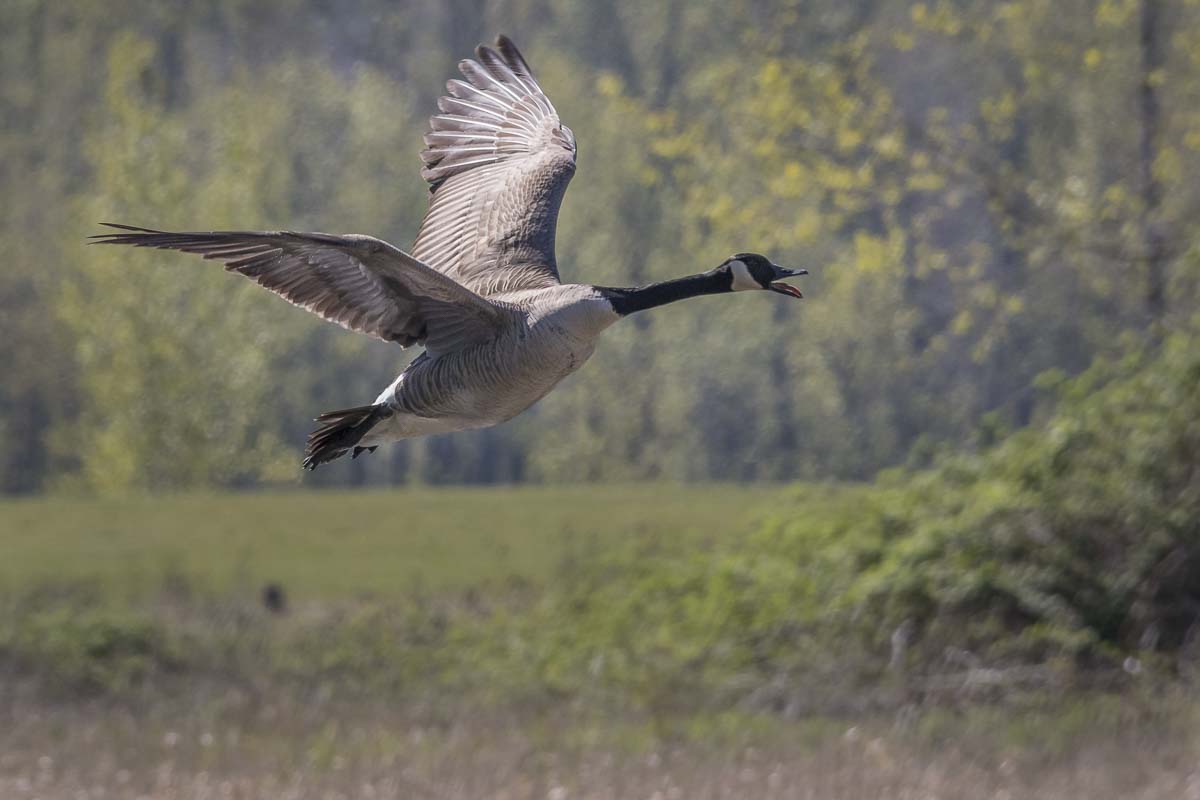
David Ripp, Port of Camas-Washougal CEO stated, “The Steigerwald Reconnection Project is a great project which covers a realm of economic and public benefits from environmental, recreation and flood protection. The Port of Camas-Washougal sees this project as win-win for both the financial savings to the Port and the environmental improvements for the natural habitat of Steigerwald.”
“I’ve worked in land conservation for over 20 years. And, from start to finish, the depth of public support for this effort has been truly remarkable,” said Dan Bell, director of Friends of the Columbia Gorge Land Trust. “Over 1,600 people from 23 states gave to our Preserve the Wonder campaign, and without their support we wouldn’t ever have been unable to purchase the 175 acres of vital land adjacent to the refuge needed to make this restoration possible.”
“It is exciting to see the Steigerwald Reconnection Project become a reality,” said Eric Anderson of the U.S. Fish and Wildlife Service. “Partners have collaborated on this project for nearly 7-years. The shared funding, time, and talents of our partners have moved this project from concept to construction. Upon completion this large scale restoration project will provide healthy habitat to support native wildlife into the future. Additionally, the new trail system will create a user experience that invites visitors to reconnect and engage with the restored landscape.”
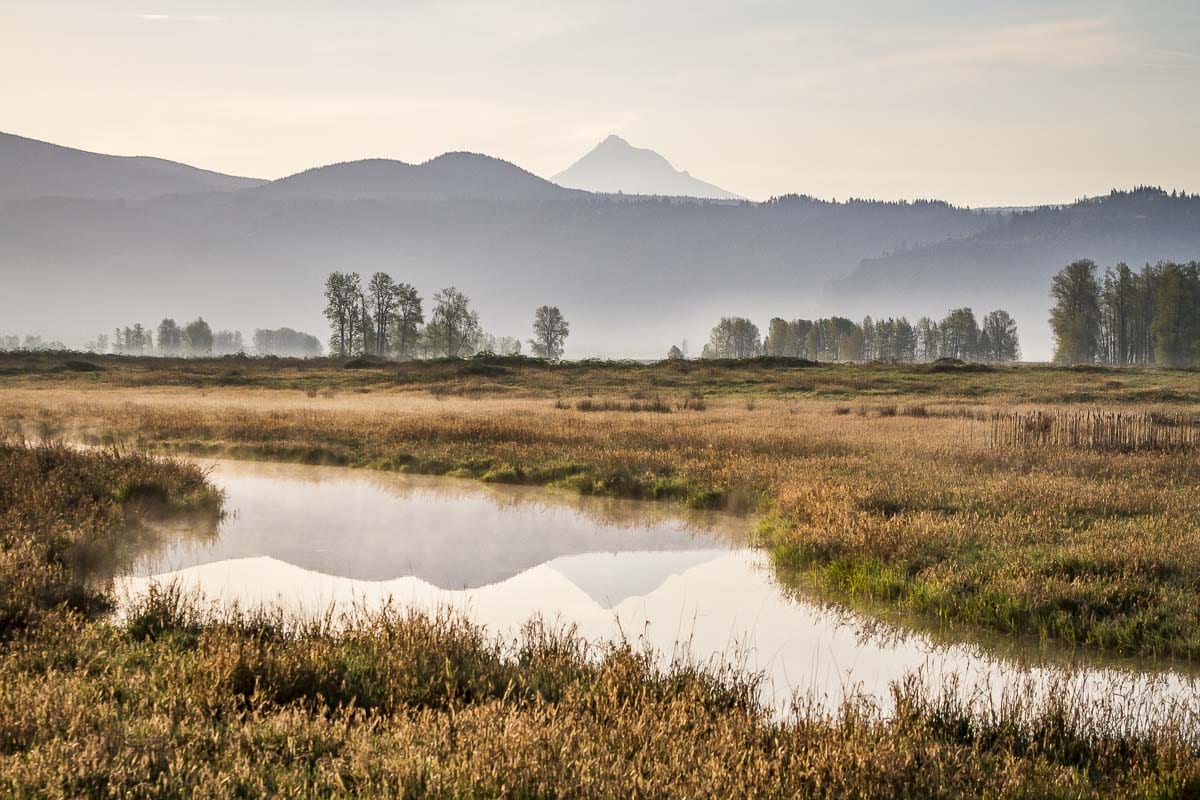
Dave Miller of the Columbia Gorge Refuge Stewards shared, “As the refuge friends organization, the Refuge Stewards have been leading and coordinating restoration and educational work at Steigerwald since 2006. This project brings that work to a whole new level. Volunteers and visitors will have a unique opportunity to see up close the dramatic seasonal changes in water levels, plant communities, and wildlife that the refuge lands experienced before the Columbia dike and Gibbons Creek elevated channel were built.”
The project is funded by Bonneville Power Administration, Washington State Department of Ecology’s Floodplains by Design Program, the National Fish and Wildlife Foundation, U.S. Fish and Wildlife Service, and the One Tree Planted Foundation.
More information can be found at www.refuge2020.info/steigerwald-floodplain-restoration or www.estuarypartnership.org/steigerwald.
Our Eastern Outdoors: Steigerwald Wildlife Refuge
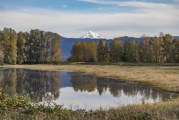
National refuge near Washougal offers serenity, easy walks, some of area’s best bird-watching
